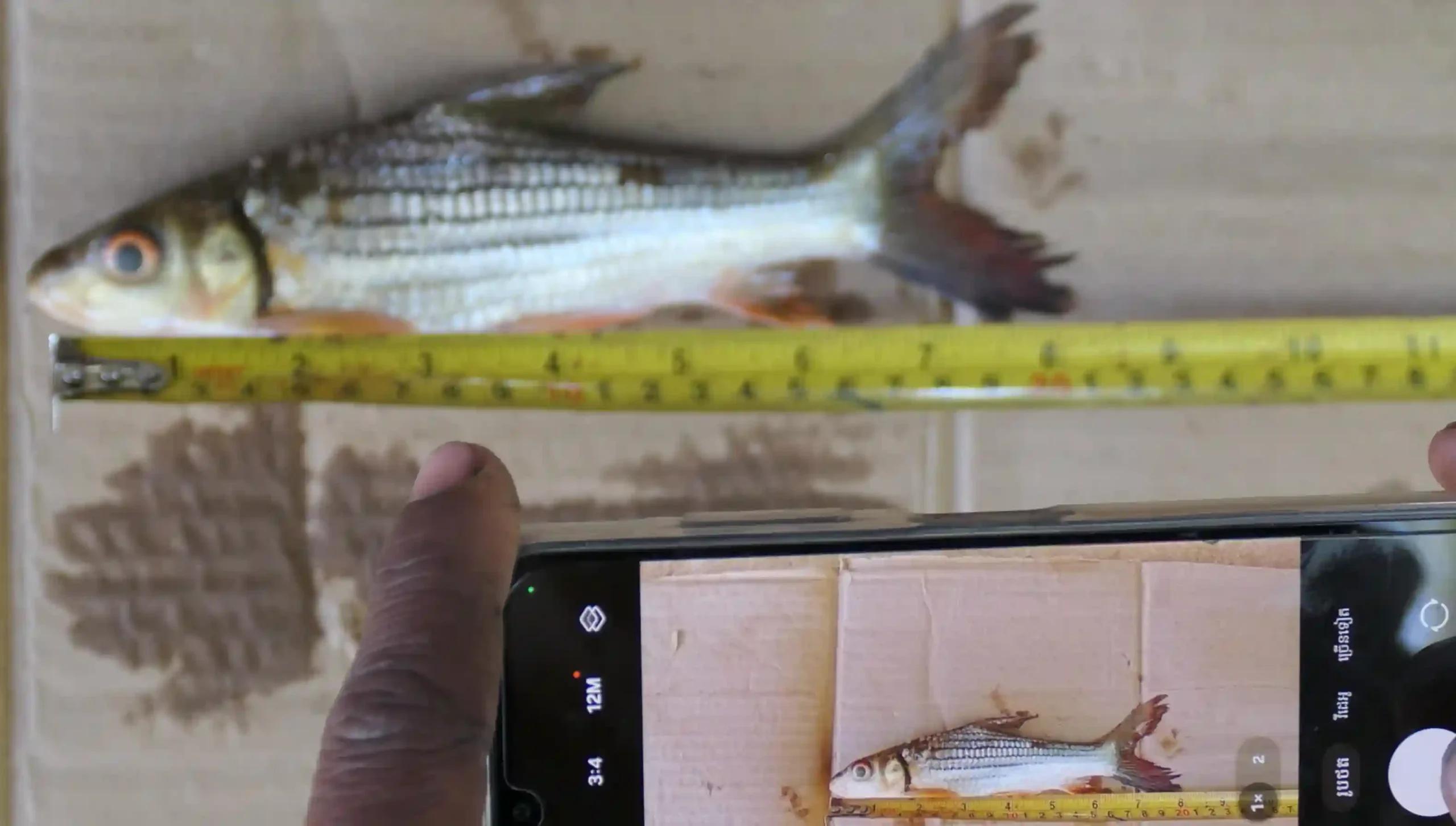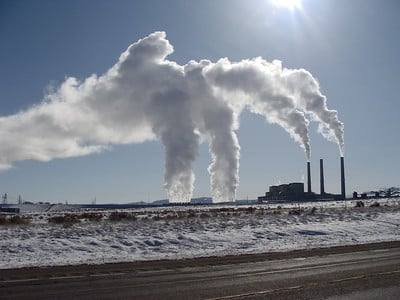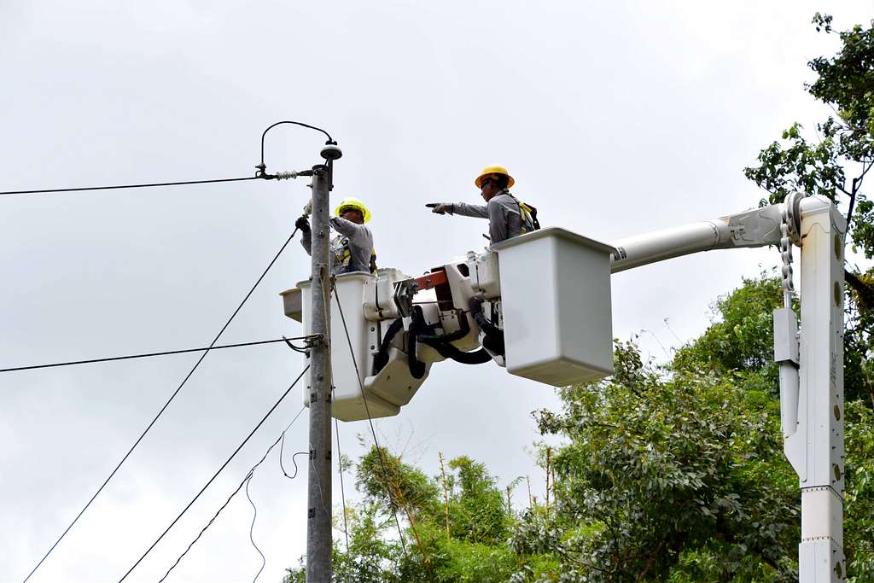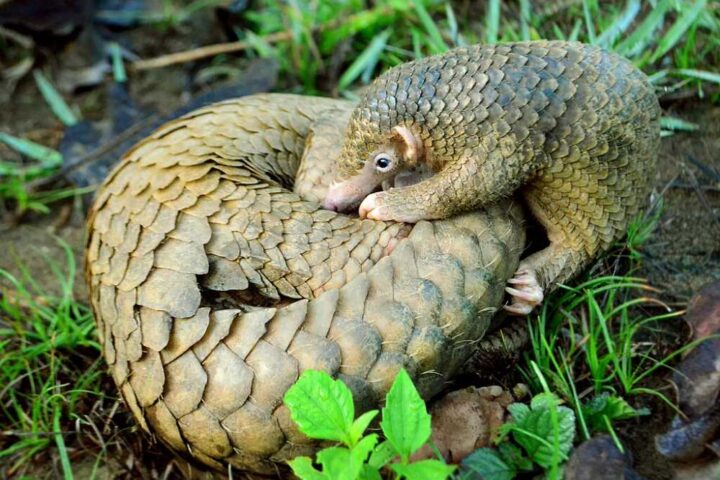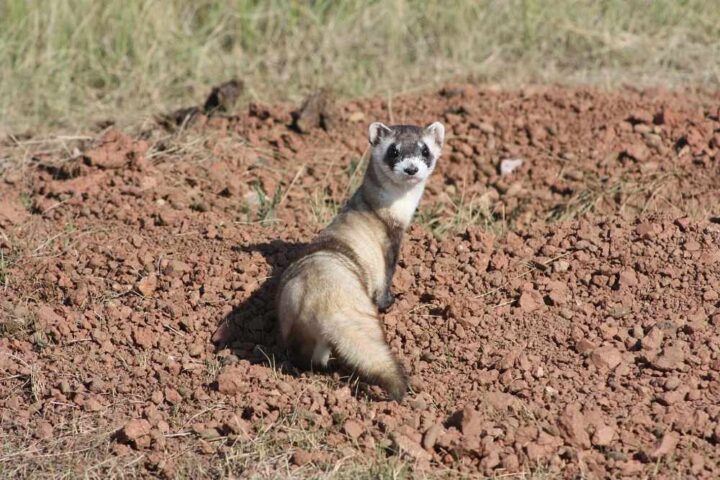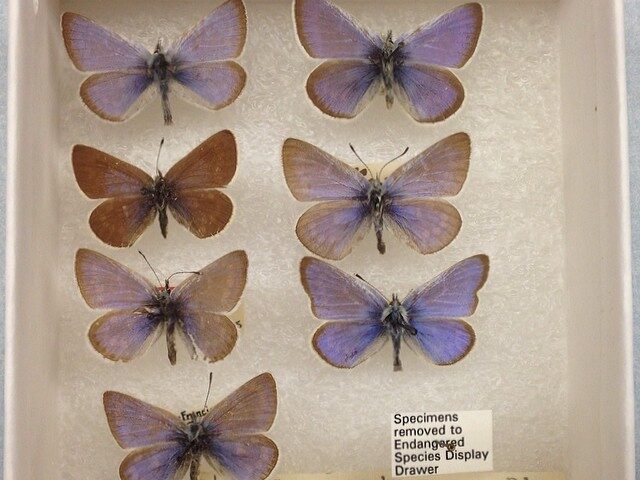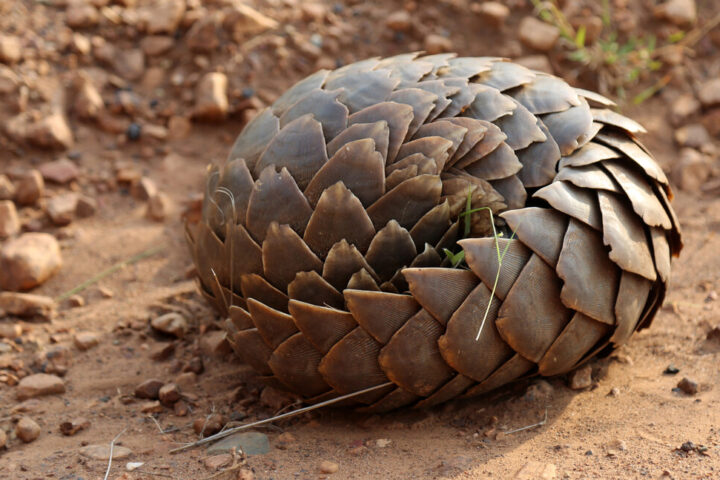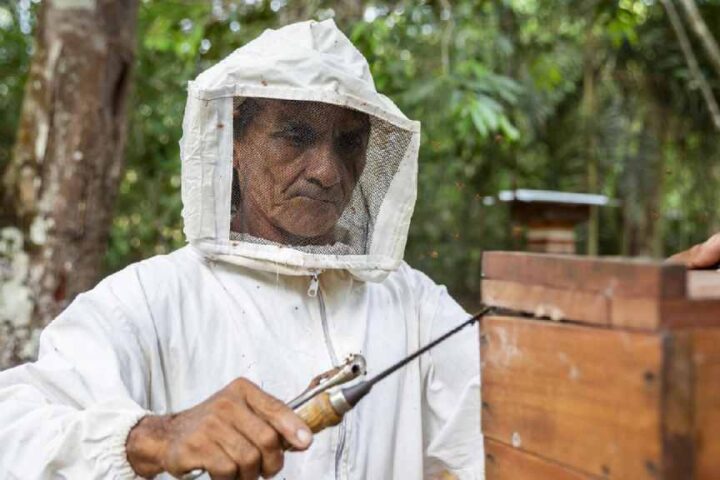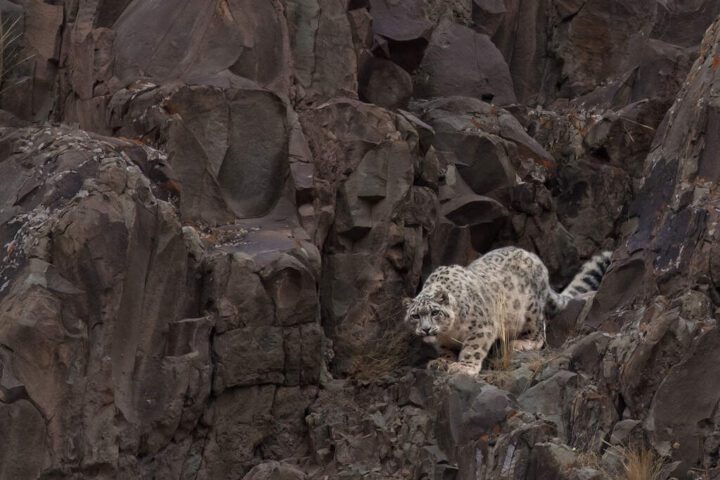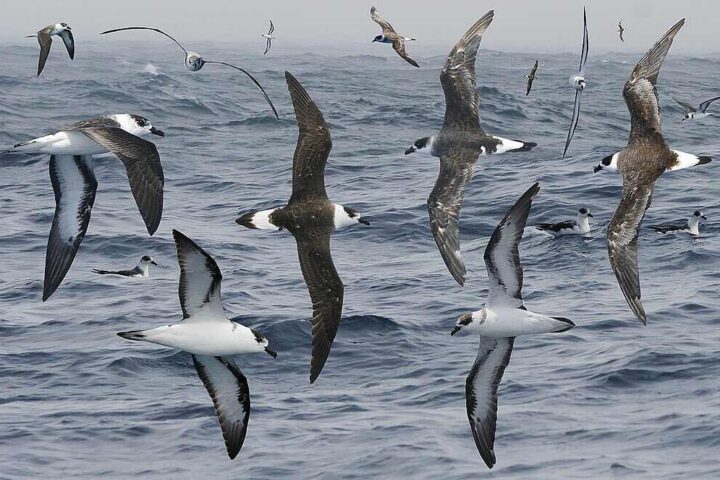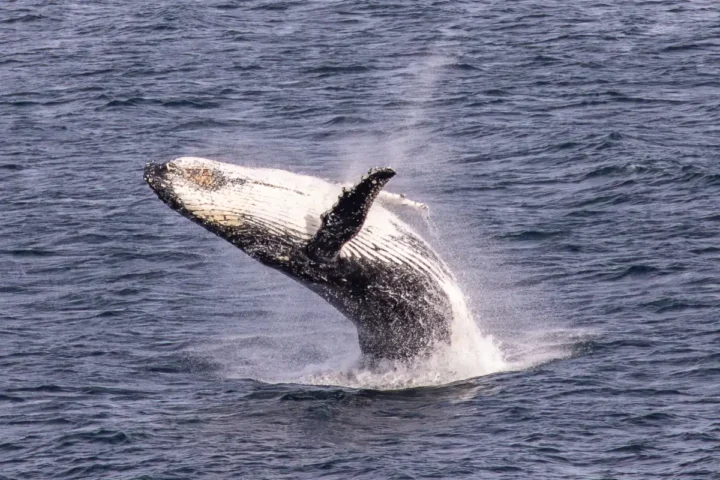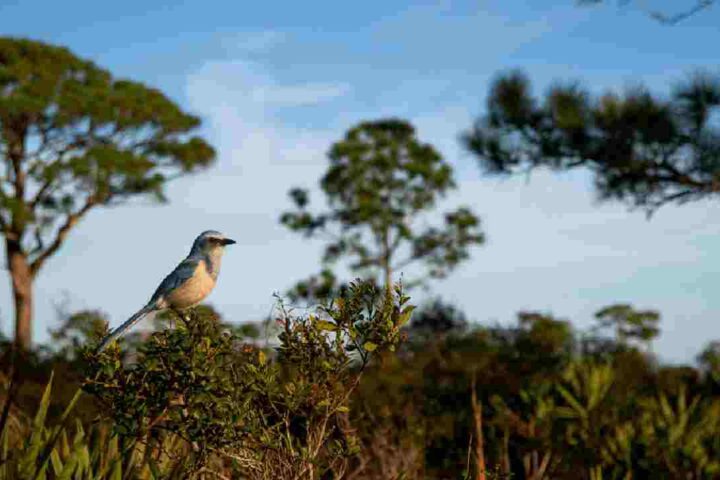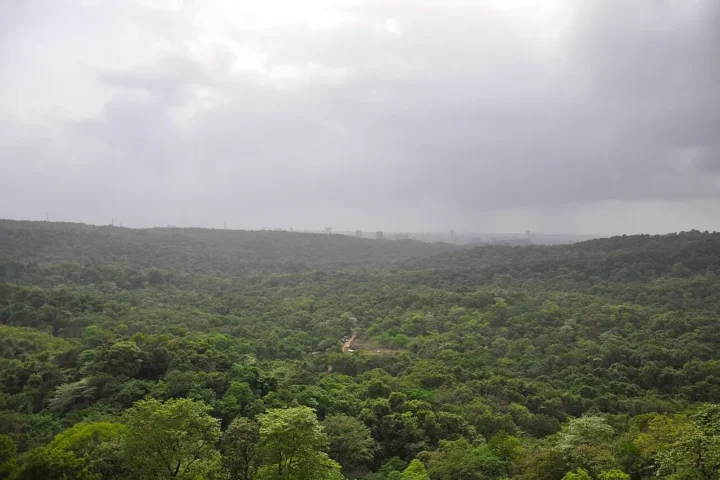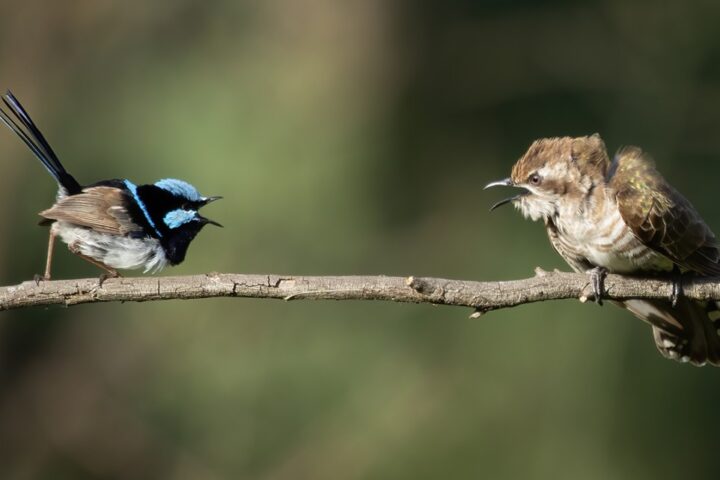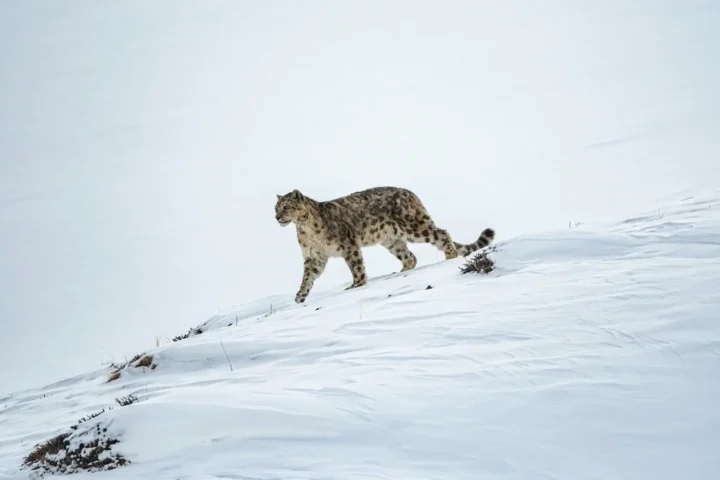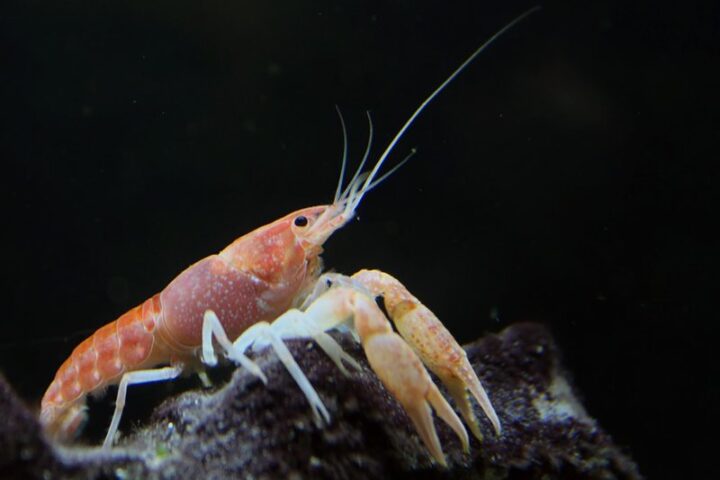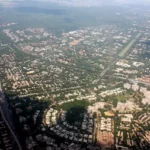In a remote Cambodian village along the Mekong River, fisherman Seun Rin pulls out his smartphone before sorting his daily catch. He’s not checking social media or messages – instead, he’s recording vital data about endangered fish species that could help save them from extinction.
Rin is one of 30 fishers across six Cambodian villages using a new mobile app to track threatened fish in the Mekong River. Since December 2024, these fishers have recorded 790 sightings of endangered fish species, creating a digital record that helps understand where these rare fish live and how to protect them.
“I want to know if these species exist in our part of the river,” Rin says. “We need to join efforts to protect them for future generations.”
The app, called “App Threatened Fish,” helps track 18 different fish species – 12 endangered and 6 others showing sharp population drops over the past two decades. When fishers catch one of these fish, they record the time, location, size, weight, and take three photos of the catch.
The Royal University of Agriculture (RUA) in Cambodia leads this project, which aims to replace their old paper-based tracking system. Pin Kakada, RUA’s Project Coordinator, explains that the digital records will help inform national conservation efforts.
In Koh Khnhear, a village of just over 200 households, the community already takes fish conservation seriously. A six-person patrol team works year-round to combat illegal fishing. The village protects two key areas: a core zone with deep pools where fish breed (where fishing is banned), and a buffer zone of flooded forests and islands where fish live.
Village Chief An Ho picked his most experienced fishers for the project. “Research is essential for understanding fish migration and key to combatting illegal fishing in our area,” he says.
Similar Posts
The app is proving effective, though users face some practical challenges. Fishers report internet connectivity issues and high data usage when uploading information. Despite these hurdles, the digital tracking system has sparked wider community involvement, with other villagers sharing photos of possible endangered fish catches with the trained app users.
The Mekong River’s rich biodiversity faces serious threats. Recent studies show that 19% of assessed Mekong fish species risk extinction. Even more concerning, scientists lack enough data to assess the status of 38% of the river’s fish species. Some iconic species, like the Mekong Giant Catfish, have seen their numbers plummet by 80% since the 1980s.
Multiple factors endanger these fish: hydropower dams block their migration routes, while pollution, climate change, and overfishing threaten their survival. The dams particularly disrupt the natural flow of water and nutrients that fish need to thrive.
The smartphone app represents a practical step toward protecting these species. By combining local fishing knowledge with digital technology, scientists can better track endangered fish populations and understand where to focus conservation efforts.
For fishers like Rin, the app offers a way to help preserve their river’s unique wildlife while maintaining their traditional fishing practices. Their daily observations, turned into digital data, could help ensure future generations can still marvel at the Mekong’s remarkable fish.
